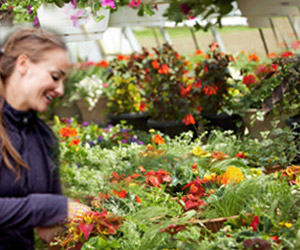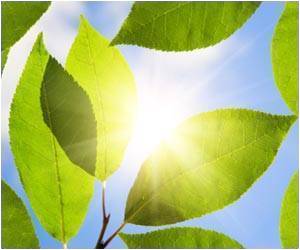Children living in a residential location with more vegetation and richer natural environments showed better overall development than their peers with less greenspace.
- Spending time in nature helps promote early development in children
- Living in green spaces also reduces harmful risks of air and noise pollution
- Therefore, urban planning efforts need to increase greenspace in residential neighborhoods for early childhood development
“Most of the children were doing well in their development, in terms of language skills, cognitive capacity, socialization and other outcomes,” says study author Ingrid Jarvis (she/her), a PhD candidate in the department of forest and conservation sciences at UBC.
“But what’s interesting is that those children living in a residential location with more vegetation and richer natural environments showed better overall development than their peers with less greenspace.”
According to the researchers, the reason for this is partly greenspaces’ ability to reduce the harmful effects of air pollution and noise—environmental challenges that have been shown to adversely affect children’s health and development through increased stress, sleep disturbances and central nervous system damage.
“Few studies have investigated this pathway linking greenspace and developmental outcomes among children, and we believe this is the first Canadian study to do so,” adds Jarvis.
“More research is needed, but our findings suggest that urban planning efforts to increase greenspace in residential neighborhoods and around schools are beneficial for early childhood development, with potential health benefits throughout life,” says the study’s senior author and UBC research associate, Matilda van den Bosch (she/her).
Source-Eurekalert











